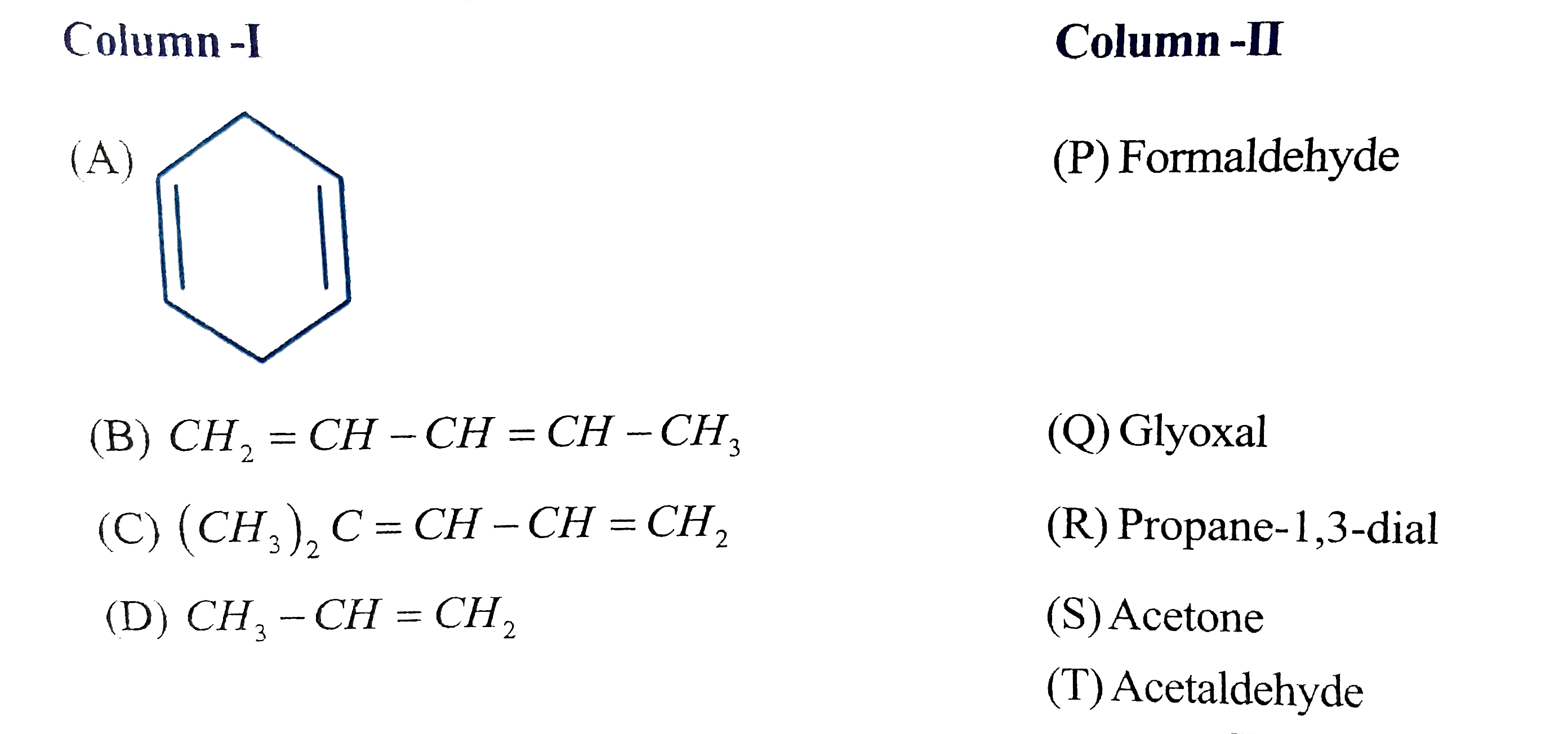Match the series (in Column I) with the end product (in Column II).
 Solution in Malayalam
Solution in Malayalam
A - q, B - r, C - s, D-p
Topper's Solved these Questions
- NUCLEAR CHEMISTRY Book:BRILLIANT PUBLICATIONChapter:NUCLEAR CHEMISTRY Exercise:LEVEL-III (Statement Type)
Explore 5 Videos
- NUCLEAR CHEMISTRY Book:BRILLIANT PUBLICATIONChapter:NUCLEAR CHEMISTRY Exercise:LEVEL-III (Linked Comprehension Type)
Explore 11 Videos
- NUCLEAR CHEMISTRY Book:BRILLIANT PUBLICATIONChapter:NUCLEAR CHEMISTRY Exercise:LEVEL-III (Numerical type)
Explore 6 Videos
- NITROGEN COMPOUNDSBook:BRILLIANT PUBLICATIONChapter:NITROGEN COMPOUNDSExercise:LEVEL-III (Linked Comprehension Type)
Explore 9 Videos
- P-BLOCK ELEMENTSBook:BRILLIANT PUBLICATIONChapter:P-BLOCK ELEMENTSExercise:LEVEL-III
Explore 50 Videos
Similar Questions
Statement 1 :In a nuclear fission process, the total massof fragments is always greater than the original nuclei.
Statement 2 : Difference in the mass due to fission of a heavy nucleus is converted into energy according t mass - energy conversion.
View SolutionA sample contains 10−2 kg of two substances A and B with half lives of 4 and 8 sec repsectively (Given that atomic mass of B is twice of A ).
The mass of A and B left after 16 second is :
View SolutionIn the following distintegration 23892U→20682Pb+ ........ , number of β- particles emitted is
View SolutionMixture of two isomeric amines (C2H7N)A and B was treated with benzene sulphonyl chloride and NaOH and ether were added. Two layers were separated. Ethereal layer containing A on acidification followed by distillation generates A . Aqueous layer containing (B) followed by acidification and distillation generates (B)
Compound in ethereal layer is in the form
View SolutionWhich of the following is the correct statement
View SolutionMatch each of the compound in column I with the product of reductive ozonolysis in column-II

View SolutionMatch the reactions in Column I with nature of the reactions / type of the products in Column II.

View SolutionMatch the reactions in Column I with nature of the reactions / type of the products in Column II.

View SolutionMatch the reactions in Column I with the types of products/the use of products in Column II.

View SolutionMatch the catalysts (column I) with products (Column II)
View SolutionMatch the catalysts ( column I ) with products ( Column II)
View SolutionMatch the reactions in column I with nature of the reaction/type of the products in column II.


View SolutionMatch the catalysts (Column I) with products (Column II)

View Solutionउत्प्रेरकों (कॉलम -I ) को उत्पादों (कॉलम -II ) के साथ सुमेलित कीजिए

View SolutionMatch the follwing reactants in Column I with the corresponding reaction products in Column II.

View Solutionउत्प्रेरकों (कॉलम I) को उत्पादों (कॉलम II) के साथ सुमेलित कीजिए

View Solution

